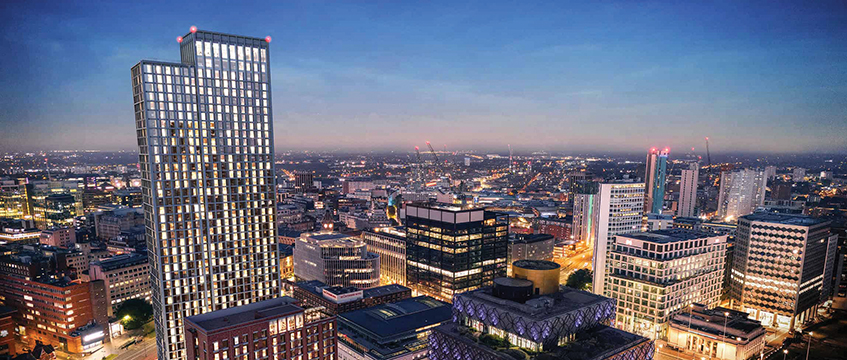Demand for retail has fallen to its lowest level since 2009 while the industrial sector continues to attract more occupiers, results from the latest RICS UK Commercial Property Market Survey show.
According to the survey of chartered surveyors, there were 43% more respondents seeing a decrease in demand for retail than an increase.
See the full data below:
It was the lowest score any UK property sector has had since Q1 2009.
By contrast, 31% more surveyors said demand for industrial was increasing than decreasing.
The fall in retail demand has accelerated in recent months to the point that despite growing demand for both offices and industrial, the overall property average sits at zero. That means there are as many respondents seeing an increase in demand as there are those seeing a decrease.
Looking forward, secondary retail has the worst prospects for rental growth in the next 12 months. The last time more people expected rents to rise than to fall in the sector was in Q1 2016 and negativity has grown for the last four consecutive quarters.
Prime retail has similarly suffered. Sentiment turned negative in Q1 2018 with a balance of 24% forecasting rental falls in the coming year.
But the industrial sector continues to inspire confidence with more people expecting rental growth in both prime industrial and secondary industrial than in any other UK property sector.
Expectations for capital value growth were also most positive for prime industrial, although secondary industrial came third behind prime offices.
Simon Rubinsohn, chief economist at RICS, said: “It has been hard to escape the grim news from the high street in recent months with a whole host of well-known names either closing down or looking to scale back their footprint. The results from our latest survey of chartered surveyors suggests that this challenging environment is unlikely to let up anytime soon.
“Indeed, the feedback regarding what may be described as secondary retail locations points to further falls in rents over the coming year with landlords under pressure to increase sweeteners to keep tenants in place.
“The flipside of this is the positive trend in high quality well located logistic/industrial sites which continue to be sought after by both potential occupiers and investors despite recent price moves. Indeed, the likelihood is that the more desirable locations will get even more expensive as the change in our shopping habits continues to advance.”
COMMENT: James Child, senior analyst
With internet retail sales peaking in November 2017 at 19.7% – up from 18.3% in the previous year, should we be surprised that the retail and industrial landscapes are simultaneously evolving?
We have already seen a physical consolidation of retail space this year, as loved brands such as Toys R Us, Carpetright and Maplin as well as other favourites eateries such as Prezzo, Jamie’s Italian and Byron. And retail take up has dropped 21% year on year according to Radius Data Exchange.
These two factors combine and work in tandem with the relative progress of the industrial sector – despite a slight drop in take-up year-on-year, down 23%, the regression of that number is due to the supressed level of available stock on the market, specifically to suit the needs to the last-mile delivery and logistics sector.
I would expect this to continue both throughout the year and onto 2019, as retailers proactively react to this new trade-off between shopping space and logistics space. Retail planning applications for change of use to different sector uses are at an all-time high, and in the industrial sector we have seen developers struggle to find enough space to lodge new build developments to supplement the ongoing growth in the logistics arena, though planning is up 40% year-on-year.
There is enough space, but just the wrong type.
To send feedback, e-mail karl.tomusk@egi.co.uk or tweet @ktomusk or @estatesgazette










